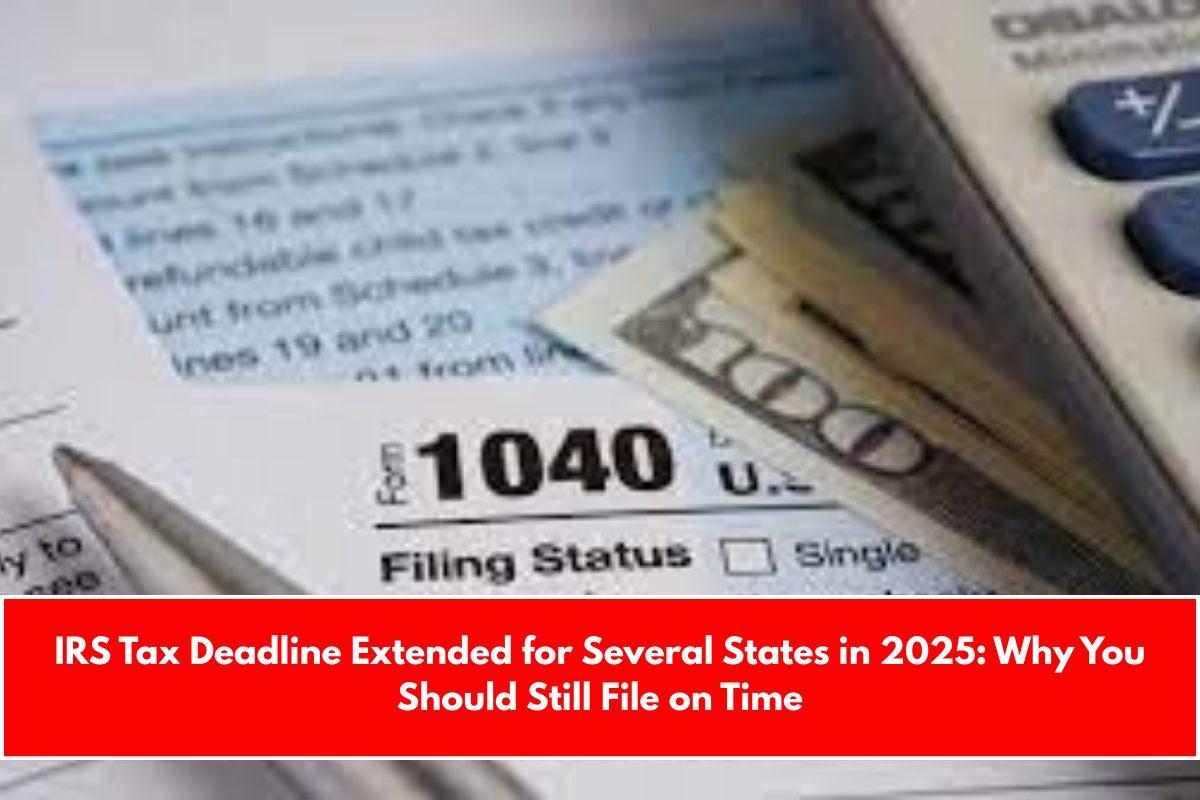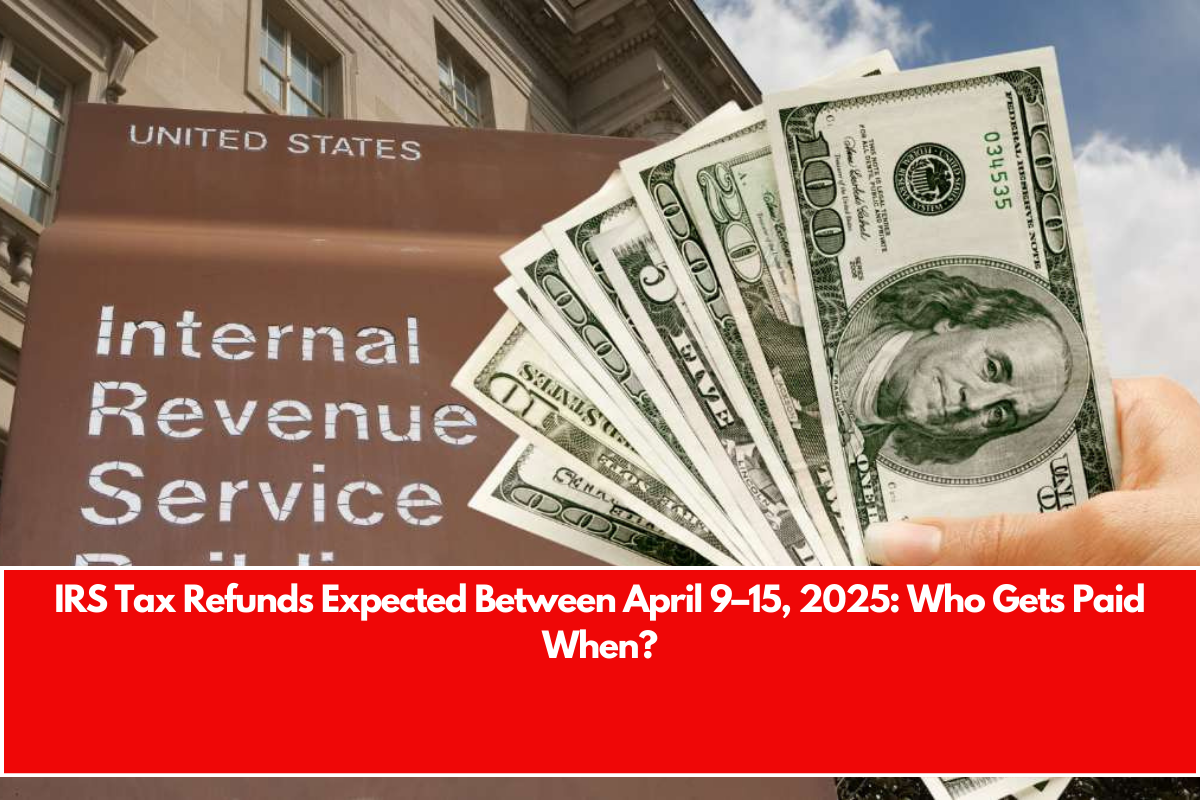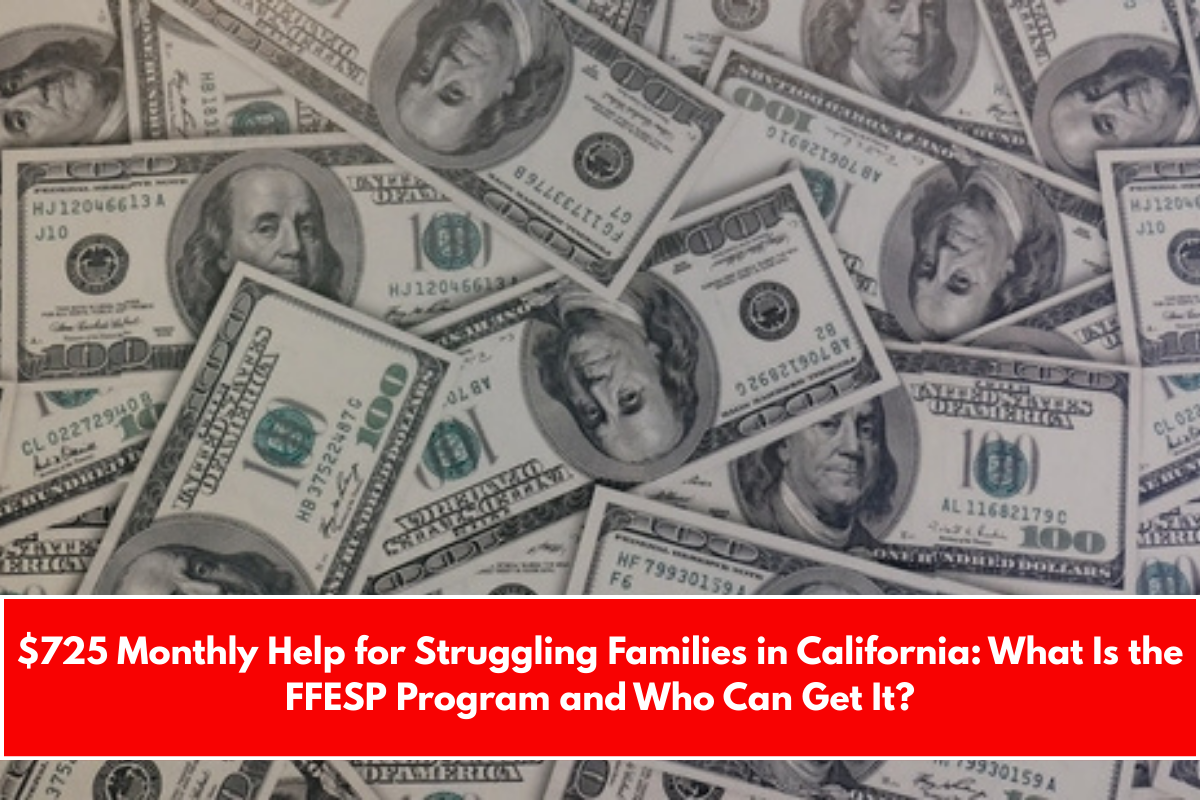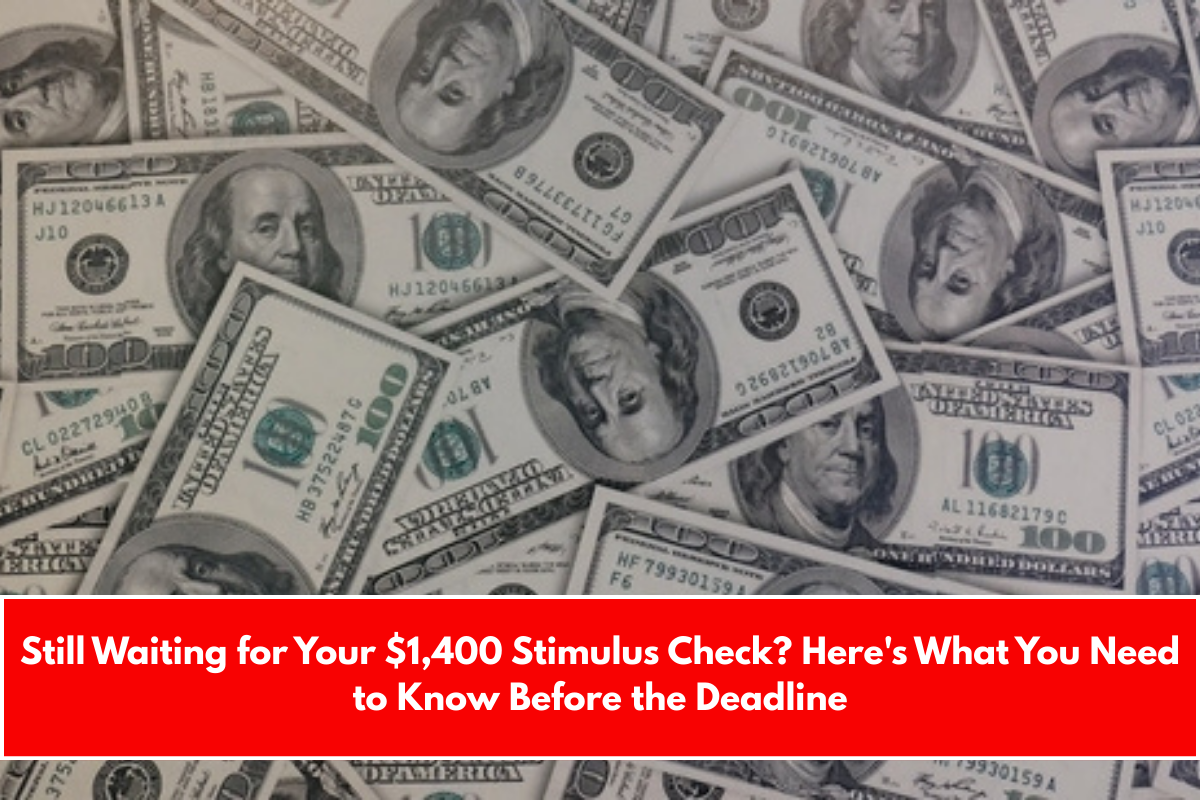Social Security is an important program that many people depend on when they retire, but understanding how it works can be confusing, especially for younger people who haven’t retired yet.
There are a lot of changes happening every year, but not all of them affect current retirees. However, future beneficiaries should be aware of these changes as they plan for retirement.
Social Security Benefits Will Increase
For retirees, Social Security provides a fixed income based on the amount of money they earned during their working years. This fixed amount is called primary insurance. Once you retire, your primary insurance amount won’t change unless you delay claiming your benefits until you reach 70.
Every year, Social Security benefits are adjusted for inflation to help retirees keep up with rising costs. This adjustment is called a Cost of Living Adjustment (COLA). For 2025, the COLA will be 2.5%, meaning benefits will increase by that percentage.
The Maximum Social Security Benefit Is Rising
There is a limit to how much a person can receive in Social Security benefits each year. To reach the highest benefit, you need to:
- Earn the maximum taxable income for at least 35 years.
- Delay claiming benefits until you turn 70.
For example, in 2024, the highest benefit a retiree could receive was $4,873 per month. The maximum income that gets taxed for Social Security was $168,600.
In 2025, both the highest monthly benefit and the maximum taxable income will increase: the benefit will rise to $5,108, and the maximum taxable income will go up to $176,100.
Even though most people won’t be able to reach this maximum, getting as close as possible can help you save more for retirement.
High Earners Will Pay More Social Security Taxes
In the Social Security system, workers pay taxes based on their income. However, there is a cap on how much of a person’s income is taxed for Social Security benefits.
In 2025, if you earn more than $176,100, you won’t have to pay Social Security taxes on that extra income.
Many people think this system is unfair because low-income workers pay Social Security taxes on all their earnings, while high-income workers stop paying taxes once they hit the cap.
Some proposals have been made to fix this issue, but none of them have been approved yet.
Social Security’s Trust Fund Is Running Out of Money
The Social Security Trust Fund is the account that pays for benefits, but it’s running out of money. According to the 2024 Annual Report, the Trust Fund is expected to run out of money by 2035.
Once that happens, Social Security will only be able to pay out about 83% of the benefits that retirees are owed.
Because of this, lawmakers are working on new ideas to fix Social Security. However, no solution has been passed yet.
Some proposals, like raising the retirement age, are not very popular with the public. There are only about ten years left to find a solution to keep Social Security going.
Social Security is an essential program for many retirees, but there are some important changes happening that you should keep in mind as you plan for the future.
Whether it’s increases in benefits or higher taxes for high earners, staying informed will help you make the best decisions when it comes to your retirement savings.
1. What is a Cost of Living Adjustment (COLA)?
A Cost of Living Adjustment (COLA) is an increase in Social Security benefits to help retirees keep up with inflation. For 2025, the COLA will be 2.5%.
2. How do I qualify for the maximum Social Security benefit?
To qualify for the maximum benefit, you must earn the highest taxable income for at least 35 years and delay claiming benefits until you are 70.
3. How much is the maximum Social Security benefit in 2025?
The maximum Social Security benefit for a retiree in 2025 will be $5,108 per month.
4. Will Social Security taxes increase for high earners?
Yes, in 2025, high earners will pay Social Security taxes on income up to $176,100. Income above this amount is not taxed for Social Security.
5. What happens if the Social Security Trust Fund runs out?
If the Trust Fund runs out by 2035, Social Security will only be able to pay out about 83% of the benefits owed to retirees.
















